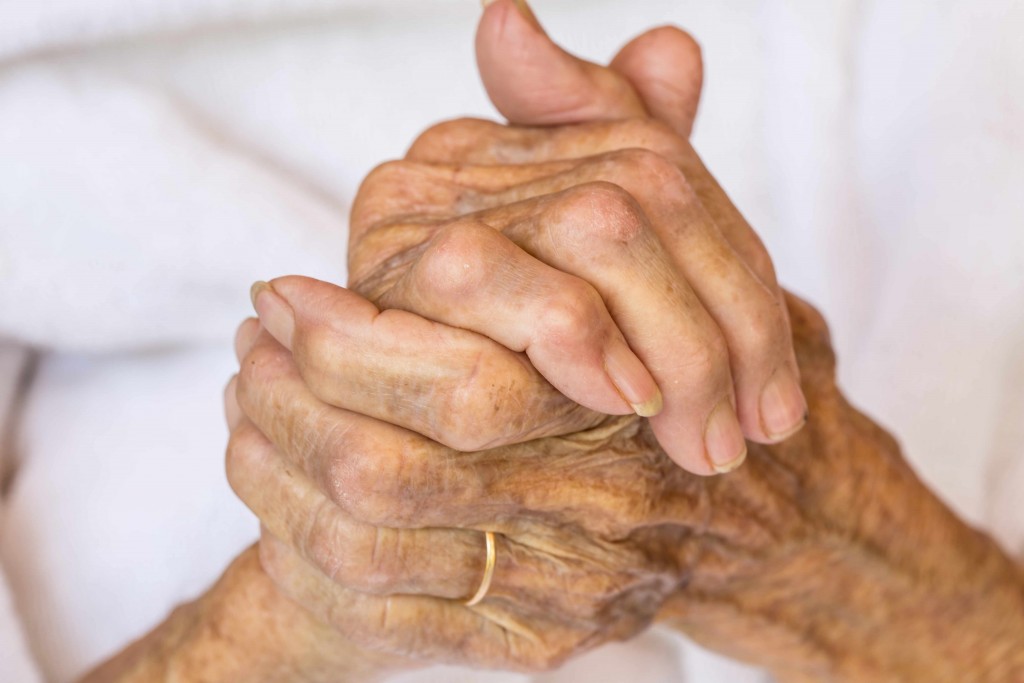-
Mayo Clinic Q and A: “Aging spots” typically don’t require treatment
DEAR MAYO CLINIC: I’ve developed waxy, brown spots on my skin. Are they potentially dangerous? What’s the best way to get rid of them?
ANSWER: What you describe may be seborrheic keratoses — commonly referred to as aging spots. Seborrheic keratoses are some of the most common, noncancerous skin growths in older adults. They’re not cancerous or precancerous.
Seborrheic keratoses usually appear as brown, black or light tan growths on the face, chest, shoulders or back. The growths have a waxy, scaly, “stuck on” appearance. Occasionally, they appear singly, but multiple growths are more common. Their cause is unclear.
Although they may sometimes be itchy, these growths are typically painless and don’t require treatment. But if they become bothersome or irritated by clothing or you just don’t like the way they look or feel, there are several ways a dermatologist can remove them.
One common method, especially if several growths are being removed, is to freeze the growths with liquid nitrogen (cryotherapy). A few days after treatment, the seborrheic keratoses fall off. Blisters or scabs may develop afterward but this will heal within a few days.
Another option is to apply heat (cautery) to the growth after the area’s been numbed. The heat, which comes from an electric charge, softens the growth so that it can be removed with a cotton swab or a scoop-shaped instrument (curet). Laser therapy is another option, but it’s generally more expensive and no more effective than other methods.
Cauterization generally results in darker pigmentation of the treated skin area, whereas cryotherapy usually leads to lighter pigmentation. Talk to your dermatologist about which method may be best for your skin tone. (adapted from Mayo Clinic Health Letter) — Lawrence E. Gibson, M.D., Dermatology, Mayo Clinic, Rochester, Minn.








